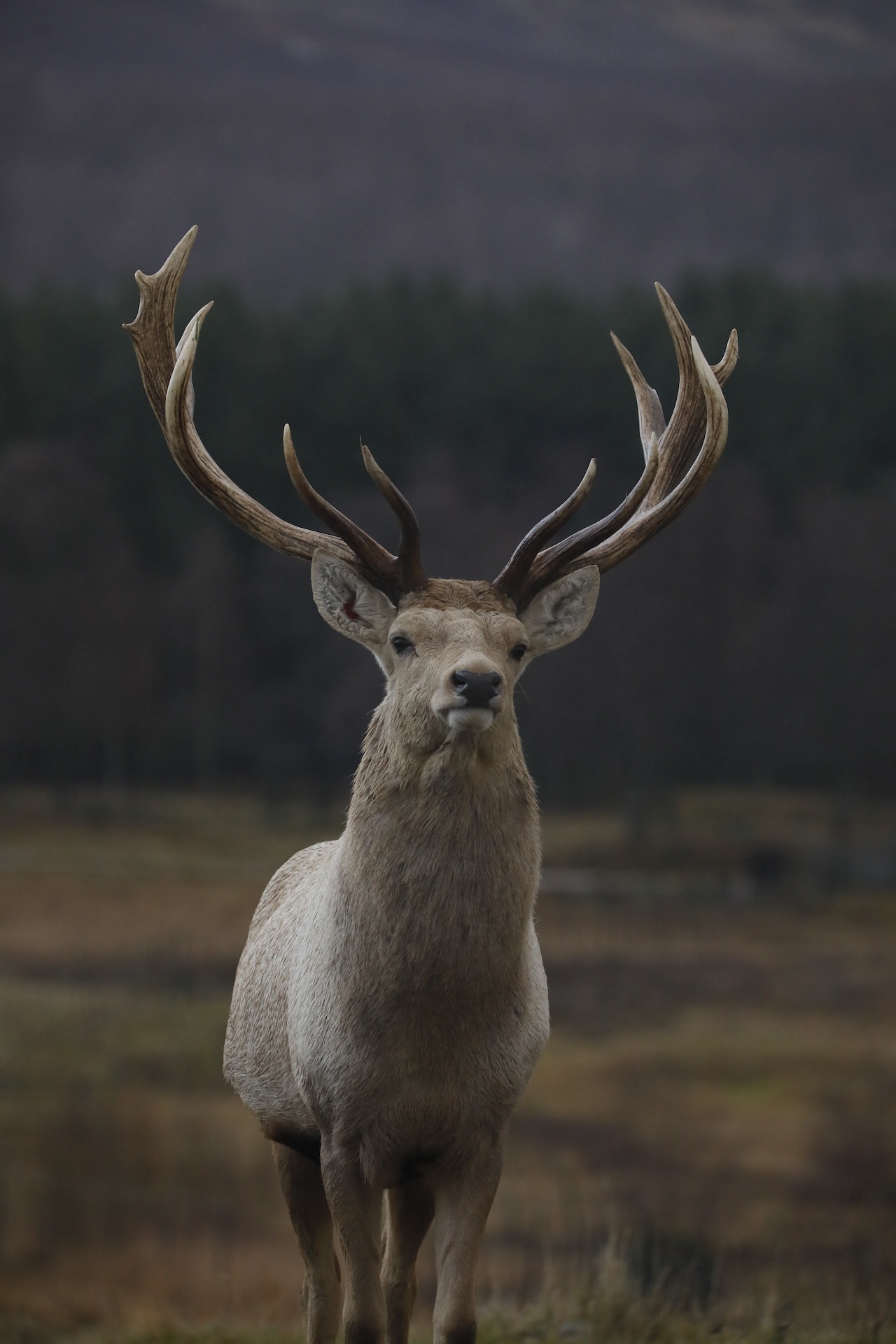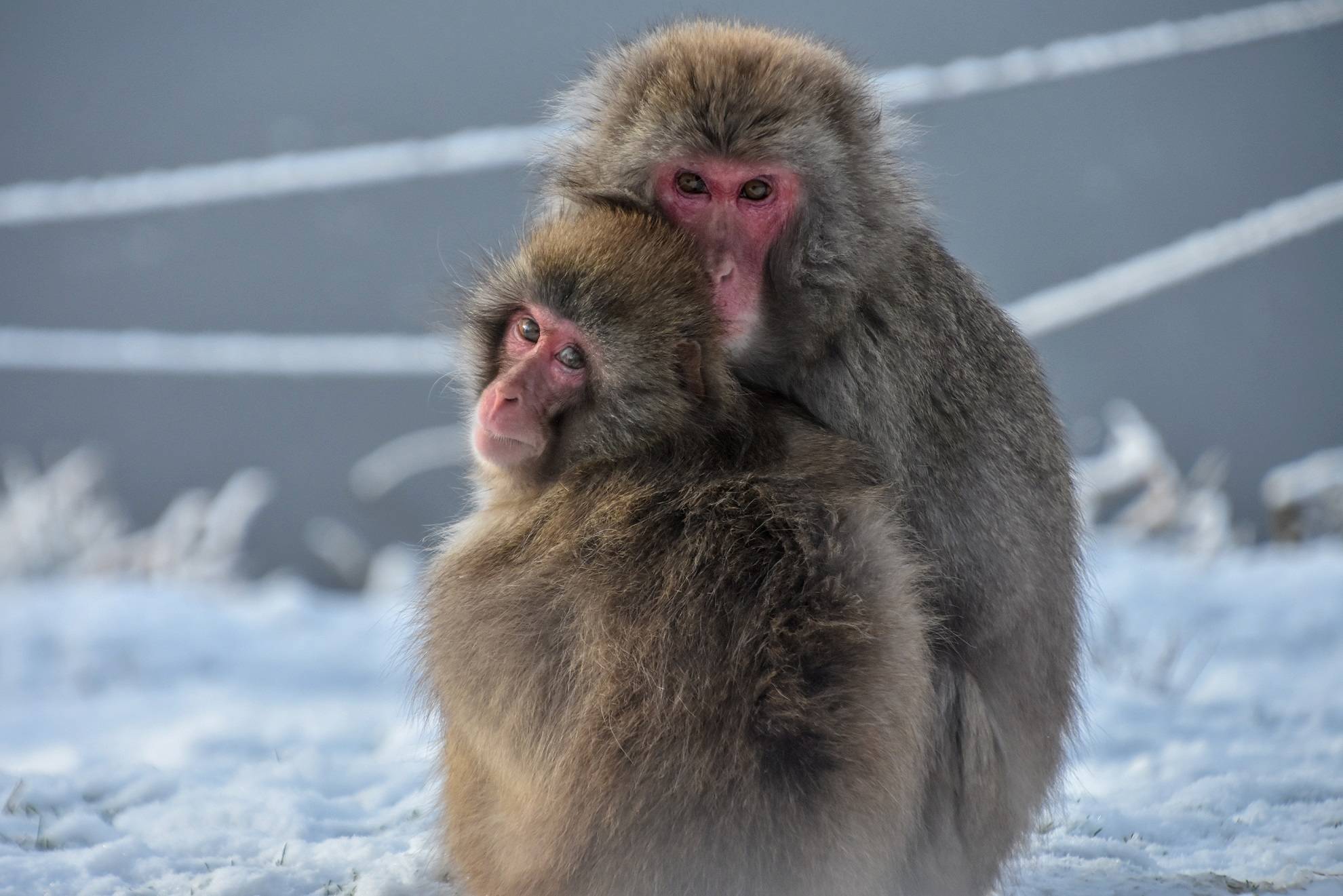Bukhara deer
Cervus elaphus bactrianus

We have three Bukhara deer - Dushanbe, Samsi and our newest arrival Bel'Cher, born in June 2023.
Imagine a deer that loves hanging out where forest, desert and river meet – that's the Bukhara deer. These Central Asian red deer cousins sport a cool, greyish-brown coat.
For most of the year, they live in single-sex groups. The sexes come together for the breeding season, where the stags perform a mating ritual called a rut.
Bukhara deer were once classed as Critically Endangered. This was because of habitat loss and hunting. In 1999 there were just 400 left in the wild. Reintroduction programs and habitat restoration have boosted their numbers, though they remain vulnerable. This highlights the ongoing need for protective measures.
Population
Increasing
Diet
Herbivore
Habitat
Forest
Fact file
Baby Bukhara deer are born with a spotted coat that disappear as they grow up
Unlike many deer species, Bukhara deer are adapted to living in riparian zones - the lush areas along rivers - that are often surrounded by arid deserts
Due to their preferred habitat being thickets and riverine forests, they are very good at hiding. This makes them very hard to count and observe in the wild
Their ears can move independently, allowing them to detect sounds from multiple angles and stay alert to dangers
![Bukhara deer Dushanbe looking at camera [eye contact] IMAGE: Amy Middleton 2023](https://images.rzss.org.uk/media/Highland_Wildlife_Park/HWP_animals/Bukhara_deer/bukhara_deer_3.jpg)
How we're helping
Like all the animals in our care our Bukhara deer are amazing ambassadors for their relatives in the wild and help hundreds of thousands of people connect with nature every year. They encourage visitors to learn about the threats facing wildlife and the action they can take to help create a world where nature is protected, valued and loved.
As a wildlife conservation charity, we care for the animals here at the zoo and work to protect species at risk around the world. From providing expertise in genetics and veterinary health, to protecting wild places with local conservation partners, and even restoring threatened species to the wild, we are active where we are needed most.
Find out more about RZSS conservation
